Once of the most impressive Chinese temples in Kuala Lumpur is the Guan Di Temple (also known as Kuan Ti Temple); a beautiful Taoist temple. Tourists that visit Chinatown can easily walk to Jalan Tun H. S. Lee, a small street parallel to the busy Petaling Street. Upon entering you will experience many locals praying and worshipping Guan Di.
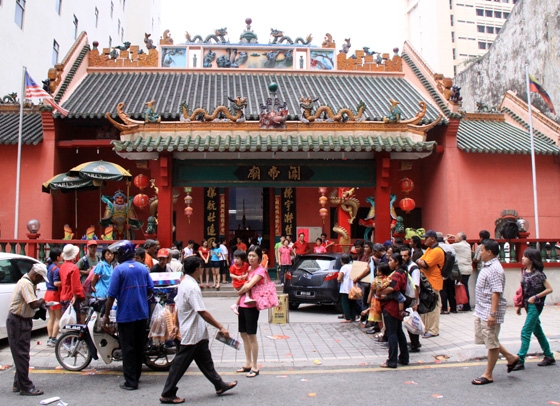
This is where the legendary 59kg copper Guan Dao (Chinese pole weapon) is located. Many have been continuously swarming this temple as they believed that the sword possesses a special power to bless and protect a person if he/she touches or lifts it. Some even believe that it has an inner force that can magically turn a person’s luck around as well.
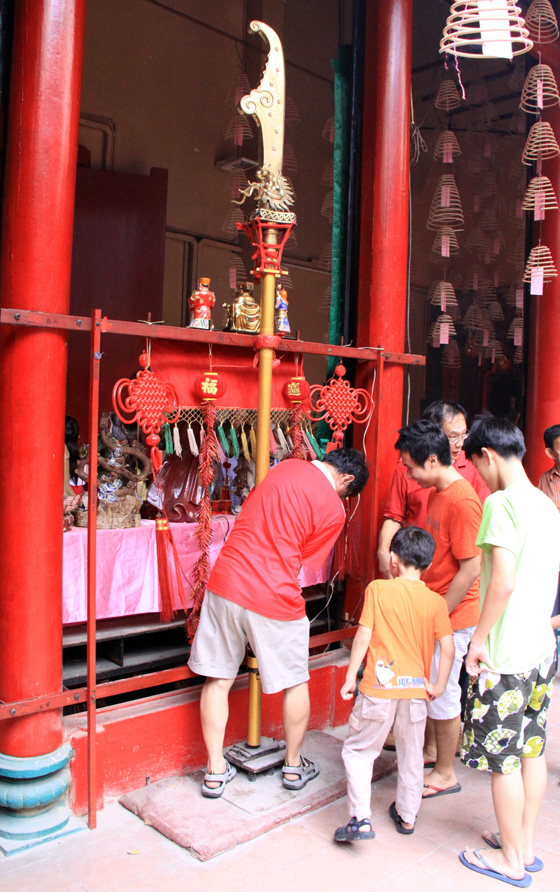
The origin of this temple comes from one of China’s greatest warriors known as General Kwan, Guan Di or Guan Yu. He was given the title of ‘God of War’ and many had chosen to worship him due to his excellent fighting and war skills. Many believed that with his blessings and protection, the well-being of a person can be achieved. However, the God of War will only grant wishes to those with a pure mind.
Upon entering the temple, you will be greeted with two huge fierce-looking statues of a general. It could be intimidating but after all, that’s the image that generals at war should project, isn’t it? However, once you set foot into the temple, a sense of serenity takes over the fear you might have felt earlier. Numerous hanging incenses give a feeling of calm as you make your way to the back of the temple to inspect the Guan Di statue closer. To defend the magnificent God of War are his godson Guan Ping and his possessor Zhou Cang, who carries a Guan Dao. Just like other temples, the Guan Di temple features other deities, namely Choy Sun (God of Prosperity), Guan Yin (Goddess of Mercy) and Wen Chong (God of Education and Learning).
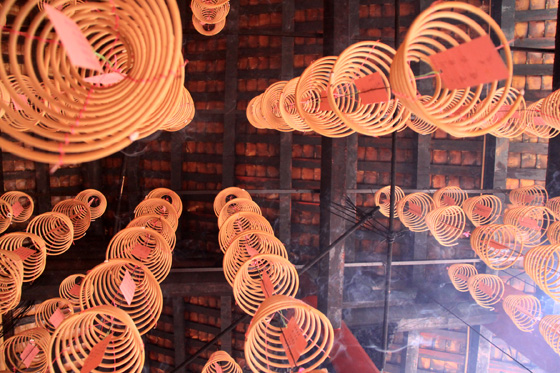
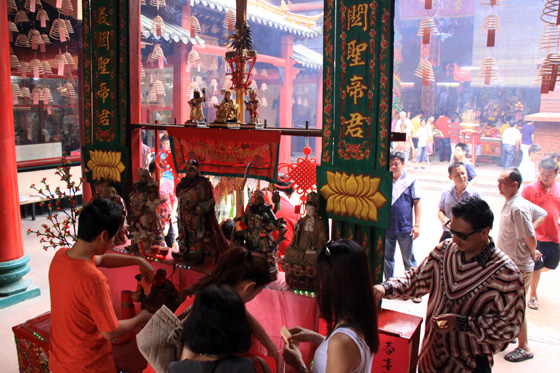
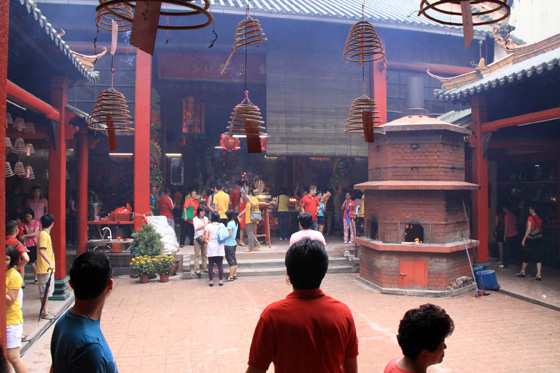
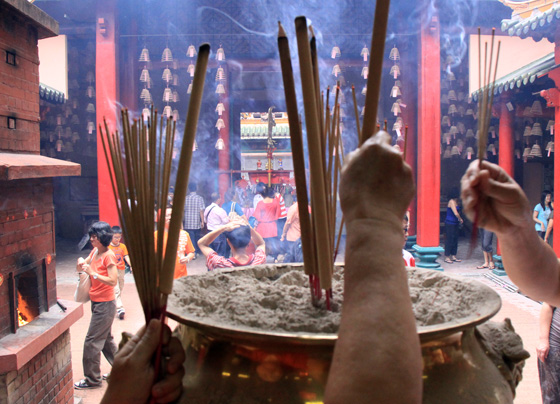
Besides the architecture that wows the eye, the Guan Di temple is unique because the God of War, Guan Ping and Zhou Cang statues are all made out of wood. There is also an altar not known by many to exist as it is hidden at the left side of the corridor. The adventurous can explore this path and be rewarded by a few more amazing photo shots.
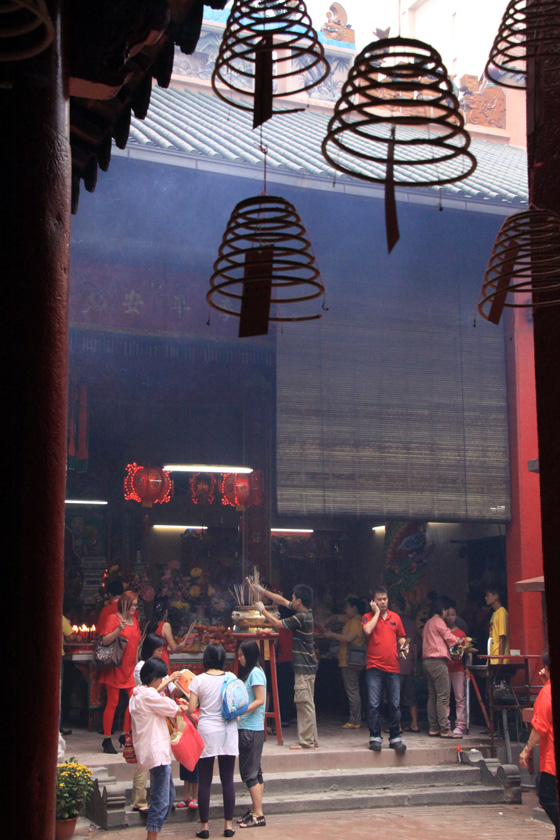
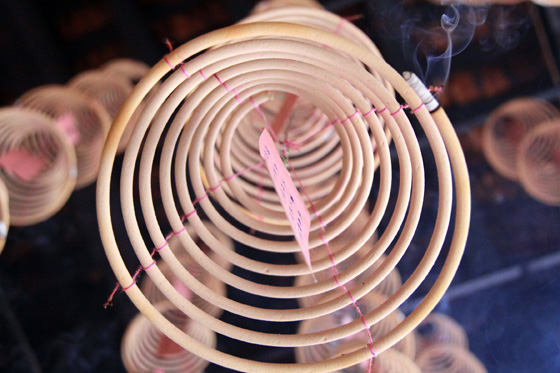

Best time to visit the Guan Di Temple
Best time of the day to visit the temple is in the early morning. Not only is it much more quiet in and around the temple, you will also witness many Chinese locals burning incense and praying to a prosperous future. The best time of the year to visit the temple is around Chinese New Year. The days before the beginning of the New Year the temple is usually very crowded. On and directly after the beginning of Chinese New Year many Chinese locals come and visit the temple to pray.
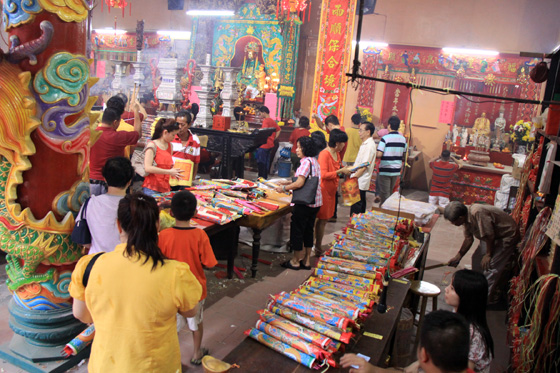
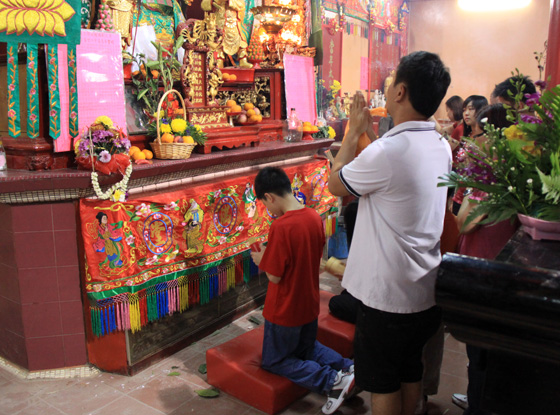
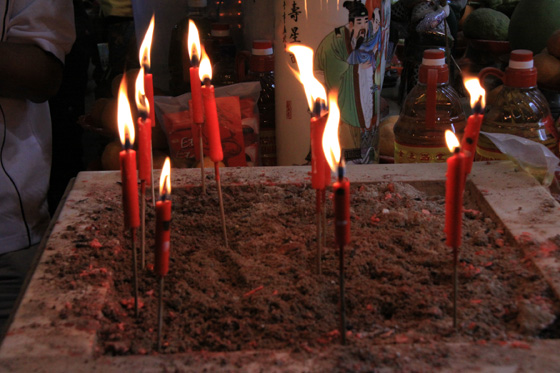
How to get to the Guan Di Temple
The 124 year-old Taoist temple (it was built in 1888) is situated on one of the busiest streets in Kuala Lumpur, Jalan Tun H. S. Lee. If you are unable to find it, look for the beautiful Indian temple (Sri Mahamariamman) and the Guan Di temple is just near opposite to it. Parking lots are available easily around Chinatown should you decide to drive there (usually for about one ringgit per hour). You could also take the LRT services, align at Pasar Seni station and walk to the temple which is just about 200m away. While you are there, take the opportunity to visit neighboring attractions such as Chinatown itself and Central Market which is bursting with local art and handicraft.
Video Guan Di Temple during Chinese New Year
Opening hours
The temple is opened daily for devotees and visitors from 7am to 7pm (opening hours may vary, especially during festivals). There is no entrance fee, but you are welcome to leave a small donation.
Map Guan Di Temple in Kuala Lumpur
Suggestions?
Got any good tips to share with us? Do you know of any great things to do in Kuala Lumpur, or tips on the best places to eat? Let us know by leaving a reply below!




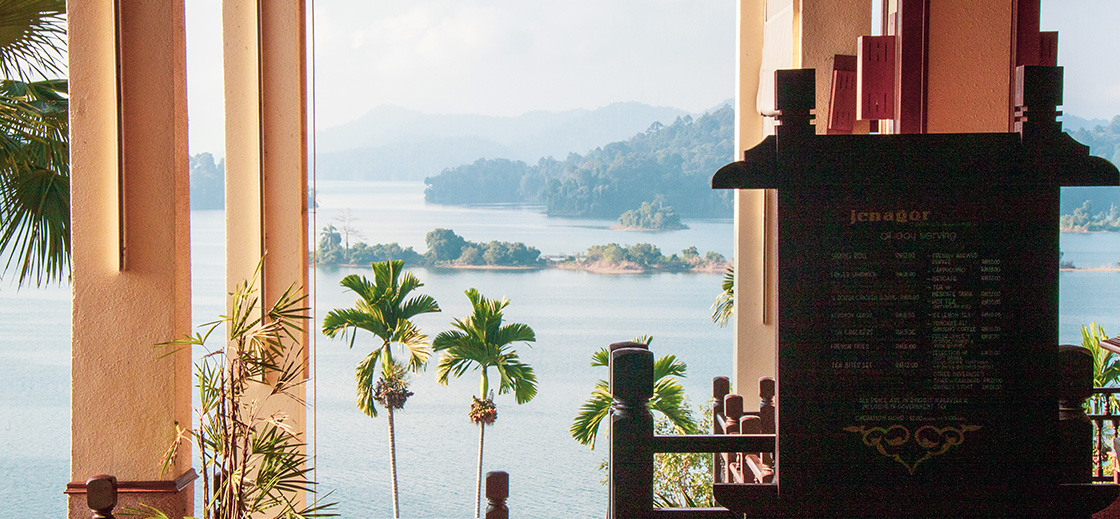
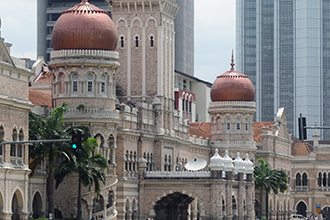


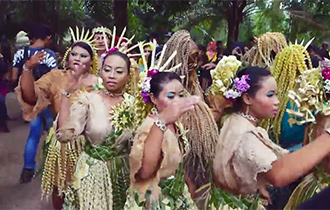


Alex
12 years ago
January 17, 2013 at 2:26 am
Hello,
I read your article. As a Malaysian Chinese, I believe that your first paragraph or introduction to this article is basically a sweeping statement. Not every Chinese in Malaysia practise Taoism. And not all Taoists worship Guan Di. And it is also untrue that
‘ Beliefs are placed in any entity that brings luck…..’
I hope that you can rectify this as your website paints an unrealistic picture to foreigners.
Thanks.
gabriele
9 years ago
November 19, 2015 at 6:28 am
Hi, i’m a foreigner citizen currently living in KL, i consider myself a taoist and would like to practice all aspects of taoism like tai chi, chi gong, meditation, alchemy etc can anybody help me? thank you
gabriele
David Tan
9 years ago
January 9, 2016 at 4:21 am
Hi, im David Tan, Malaysian Chinese, I am willing to assist you if ur interested to know more …ok feel free to call me at 0128502292.
Eric
9 years ago
March 16, 2016 at 12:55 am
Most Malaysian Chinese are Chinese Buddhist which practice praying to both Taoist and Buddhist deities. There is no such thing as ‘pure Taoist’ temple in Malaysia. Guanyin is a Buddhist deity and is in the same temple.
https://en.wikipedia.org/wiki/Malaysian_Chinese
Ilya
12 years ago
January 17, 2013 at 8:28 am
Thanks for the clarification; greatly appreciated. I made some changes. What would you add to it to make it even more correct? Or was it only the matter of generalizing Chinese Malaysians in relation to Guan Di?
wakli
11 years ago
June 11, 2014 at 1:26 pm
i’ve photographed a few inside this temple… how can i shared my photos
LIsa
9 years ago
February 23, 2016 at 12:09 am
Does this temple have the Guan Di 100 prayer stick oracles/poems/lots that is in English version?
Louis
6 years ago
March 1, 2019 at 3:34 am
Hi, I have benn in the temple and I like it a lot. But I’m curious about what says the signs of the entrance (the big chinese golden signs over black on the main gate). Could you help me?
Thanks!
stan
10 months ago
April 24, 2024 at 1:05 am
The sword is now embedded into the altar so no longer available for lifting 24/04/24